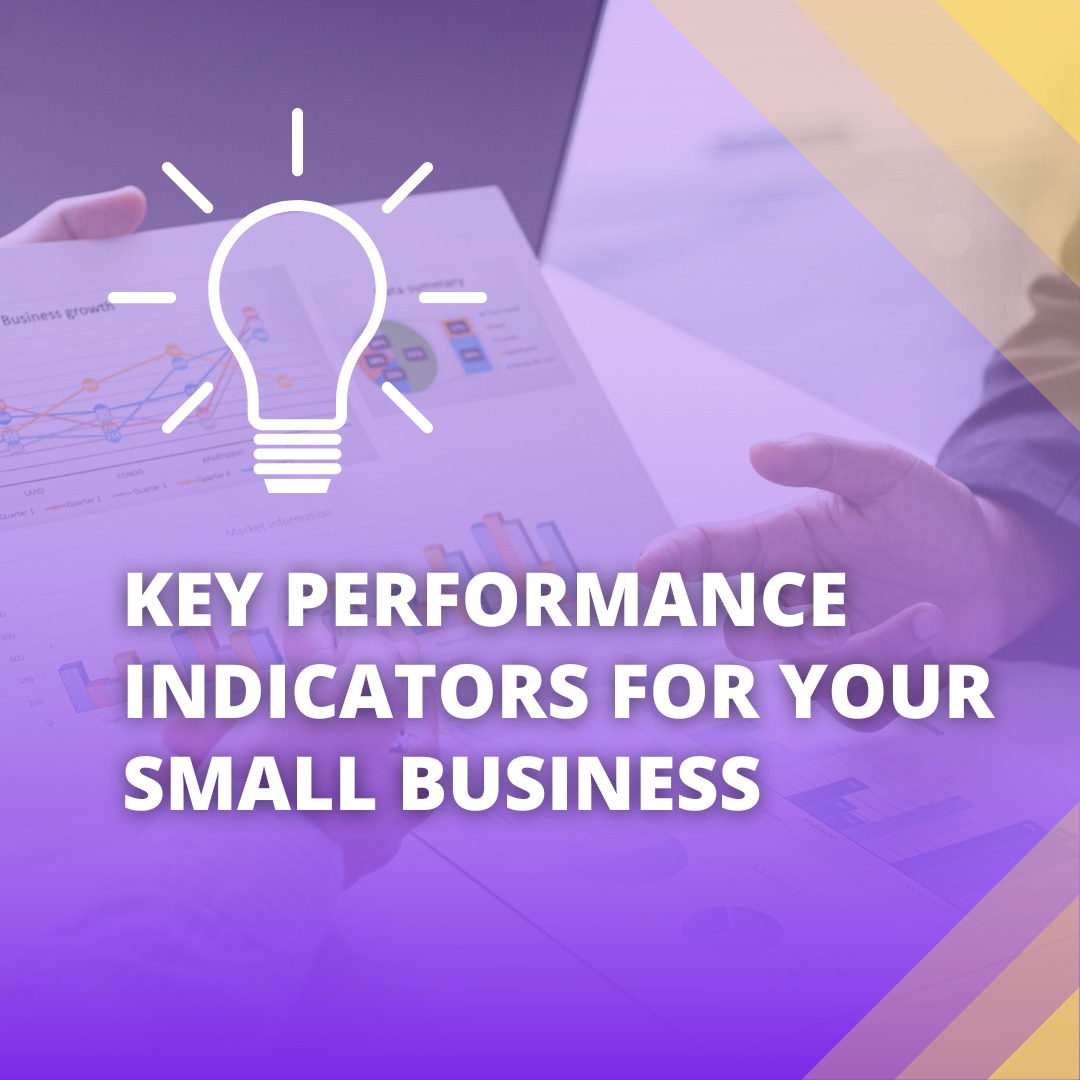Key Performance Indicators for Your Small Business
Key Performance Indicators (KPIs) in business are measurable metrics that track and calculate the success of operations. They provide a clear picture of how effectively it is performing against its objectives in specific areas.
How do businesses prove they have succeeded? The key to answering this is to define success. To do this, you need clear, well-defined, and quantifiable targets known as Key Performance Indicators (KPIs). This blog will help you to figure out the meaning of KPIs and provide examples and tips to apply, track and measure them.
Key performance indicators (KPI’s) are metrics/ numbers used to track and measure progress towards critical business goals and activities. For small businesses, choosing the right KPI’s to monitor can provide condemning understanding into the health and growth of the company.
What are KPIs?
KPIs are Key Performance Indicators, measurable values that indicate how effectively a person, department, segment or organisation is achieving their aims. KPIs are used to monitor progress, assess performance, and make data-driven decisions.
KPI examples
KPIs may be different for each segment within the business, enabling a focus on what they can impact and improve rather than looking at data that isn’t directly significant.
They are typically based on specific objectives, which can differ depending on the nature of the business.
Revenue growth rate – Measures how quickly total revenue is increasing over time. Aim for 10-20% growth year-over-year.
* Customer acquisition cost – Calculates the average cost to acquire a new customer. Lower is better.
* Customer lifetime value – Estimates revenue generated per customer over the entire relationship. Want this to exceed acquisition cost.
* Cash flow – Measures the amount of cash coming in and going out of the business. Positive cash flow is important for small business success.
* Customer retention rate – Measures the percentage of customers retained over a period of time. 80%+ is a good target.
* Net promoter score – Gauges customer satisfaction and loyalty on a scale from 1-10. 50+ is considered “excellent”.
Why KPIs matter
KPI’s can encourage a culture and outlook of continuous improvement and reflection, involve many different teams within a business, and drive focus on the overall business objectives. KPIs enable businesses to…
- calculate performance in a measurable way,
- understand how performance arrange with expectations,
- improve collaboration across different teams,
- make better decisions, and,
- provide translucency and accountability.
Strong KPIs allow business teams to focus on what matters the most. They help align everyone’s efforts towards common goals and aims, leading to improved efficiency and success world-wide.
How to select the right KPIs for your business
Businesses have many moving parts, which can make it difficult to know what to measure as part of your KPIs. Selection of the right KPIs for your business requires deliberate consideration and alignment with your overall goals.
When selecting your KPIs, you should consider the following:
- Identify your overall business aims, objectives
- Make sure the outcomes are quantifiable
- Ensure they are lined up with strategic priorities
- Take industry benchmarks into account
- Keep things actionable
- Use the SMART system (specific, measurable, attainable, relevant, and time-bound)
- Keep the number of KPIs limited
- Continuously review and re-define your KPIs
Selecting the right KPIs should be dynamic, including ongoing evaluation, analysing and adaptation. We recommend reviewing them regularly, such as quarterly or annually, to ensure the insights they provide are as fresh and significant as possible.
How many KPIs should a business have?
Having hundreds of different measures to focus on isn’t helpful, as the attention will be divided, and their effectiveness weak. KPIs may change over time, but the number of different measures should not keep increasing. Therefore, it is important to define the end goal and examine which KPI’s will help you achieve it and which teams are responsible for each. This will provide a guideline to achieving the business goals and success.
How do you track and measure KPIs?
When your KPI’s have been selected, it’s important to make sure you can track, compute and calculate them effectively. Lots of tools and systems can be used depending on the goals and requirements of the business. Here are some examples:
- Spreadsheets: Such as Microsoft Excel, Google Sheets
- Business Intelligence (BI) tools: Such as Power BI
- Accounting software: Such as Xero
- Performance Management Software
- Customer Relationship Management (CRM) systems
- Data Analytics platforms
- Enterprise Resource Planning (ERP) Systems
When selecting your tools and systems, you should always evaluate things like scalability, ease of use, blending capabilities, reporting functionalities, and (of course) cost. You should continuously evaluate the different options to ensure you only use the right tools and systems for your business needs.
Conclusion:
Utilizing the Power of KPI’s for Small Business Success, Key performance indicators (KPI’s) are important metrics that provide small business owners with practical guidance on strategic decisions. By routinely tracking a focused set of financial, operational, and HR KPIs, small businesses can:
Calculate performance over time to identify positive and negative trends. This allows for course-correction when metrics fall short of targets. Benchmark against industry standards to assess competitiveness. Gain visibility into what’s working well and what needs improvement across the business. Quantify progress towards meeting growth objectives and business goals. Forecast future performance to set achieveable targets.





